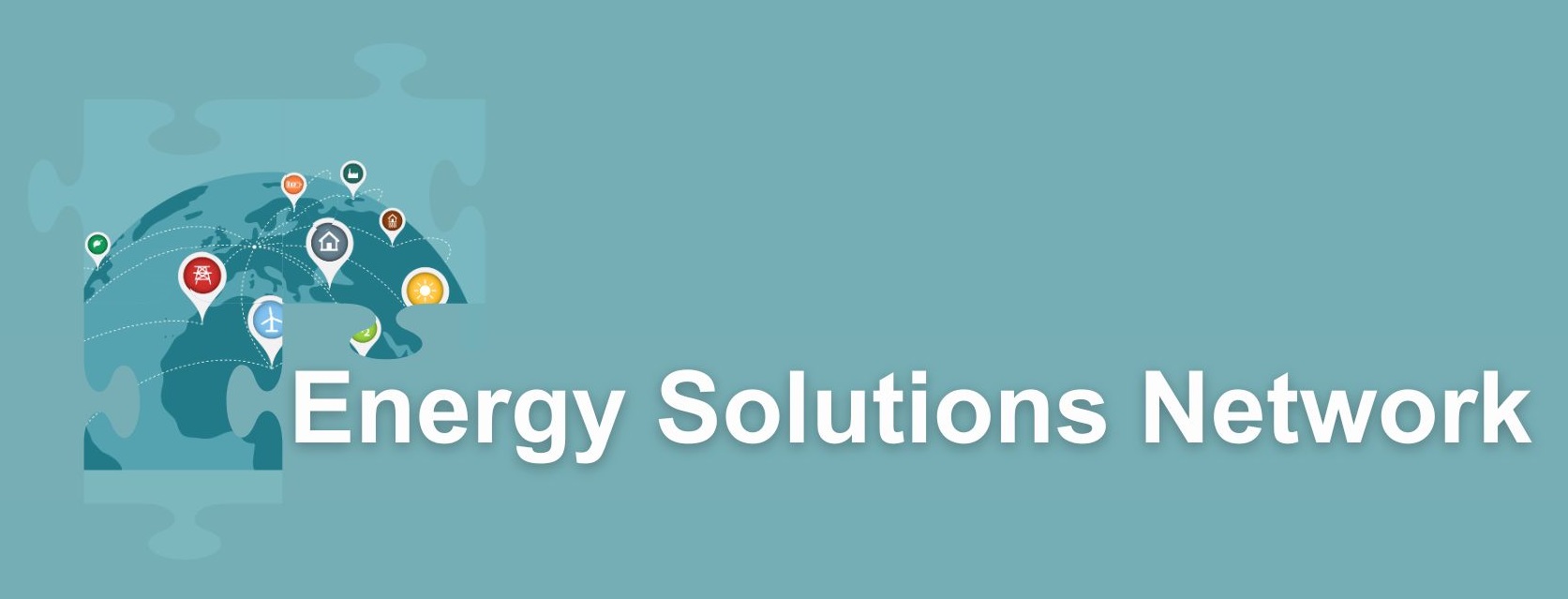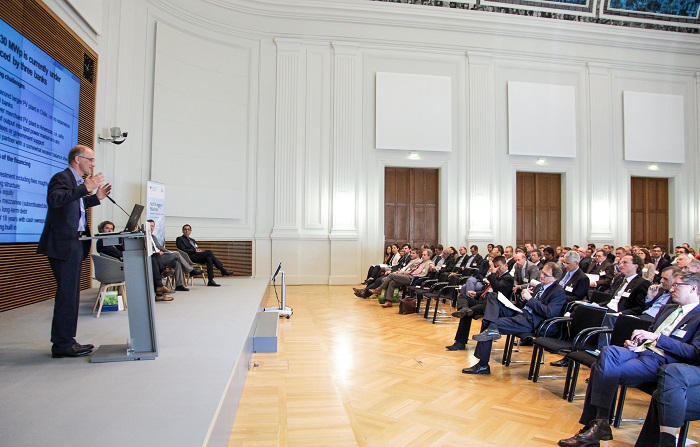A closer look: Pump systems
The direct interfaces between the motor and the pump system are the coupling on the motor shaft and the connection to the power electronics or the power grid. Both the coupling and the power electronics can be used to control the speed of the pump. Frequency converters can be used in this case to continuously modify the speed of the motor and thus control pumping capacity. A frequency converter converts the fixed mains voltage into a motor voltage that varies in frequency and voltage level.
Selecting and controlling pumps
Pumps and their motors have an optimum operating point, which should be determined as accurately as possible when selecting the pump. The size of the motor is crucial – if it is too small, it cannot perform the task it is supposed to do. On the other hand, if the motor is too big, it leads to higher energy consumption as well as additional investment costs.
To minimise energy costs and wear, the pump model and size must be tailored to the process requirements and selected control strategy in such a way that the
various operating points are within the range of the highest degree of efficiency. An average of 35 percent of the energy consumed by pump systems can be saved by optimising pump operation to achieve the optimum operating point.
Other important fields to optimise pump systems are the layout of pipelines, reliable operation of the pump as well as installation, maintenance and measurement technology.For more information, please consulat the brochure Energy solutions - made in Germany.






